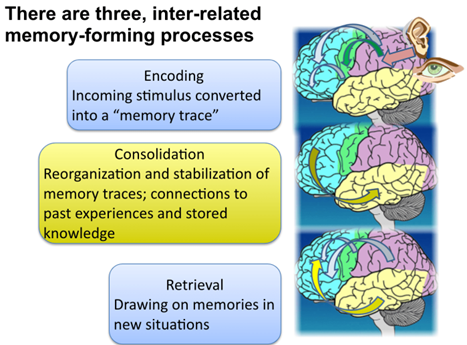How would the learning be designed differently by a behaviorist, a cognitivist, and a constructivist? Scenario: A high school social study teacher is planning a class on climate change.
Question From EDCI 335 Prompt 1 Instruction

Different learning theory has their unique key concepts in class design.
Course Design as Behaviorist
According to this week’s reading: “Learning and Instruction — Behaviorism, Cognitivism, Constructivism”, behaviorism learning theory usually focuses on the reaction and response to the stimulus from instruction. Arthur suggests that behaviorism believes a person can be trained to act/provide specific results under the same conditions (Ertmer & Newby, 2017). Therefore, the learning would be designed progressively from easy to hard, and only students who pass the exam can go on to the next level. As a high school social study teacher who is a behaviorist, I would design my course in this way:
- Before the course start, student needs to answer a pre-assessment to determine which knowledge level they are at for the topic of climate change
- Course content includes:
- Memorizing climate change related basic concepts
- Reading and memorizing why and how climate changes
- Create a learning pattern so students would be able to follow and meet the requirement of that learning pattern. For example, a quiz is required for every sub-topic learned. Students need to meet the minimum pass grade of 50%. Otherwise, students need to retake this quiz to pass the entire course.
- Quizzes and final tests are based on the information given in class. Therefore, all questions have only one correct answer or one standard format, which is also taught in class.
Nowadays, there aren’t many instructor only uses one single learning theory in their design. Here is an sample climate change education class designed by Stanford EARTH . They have included some behaviorism learning activities like pre-assessment, quizzes and traditional final exams.
Course Design as Cognitivist
Since cognitivism was developed from behaviorism, thus there are many similarities between these two learning theories. They both “emphasized the role that environmental conditions play in facilitating learning” (Ertmer & Newby, 2017). Instead of what instructors can offer students to learn, cognitivism is more focused on students’ interests in learning. Cognitivism would focus on students’ mental processing in learning (process and analysis knowledge learned from the instructor and use it as their own knowledge) (Bates, 2015). This process is similar as what Clarissa Sorenson-Unruh writes in her article blog about the process of building memories: encoding, consolidation, and retrieval.

As a cognitivist social study instructor, I would design my course in this way:
- Course content includes:
- Memorizing climate change-related basic concepts
- Reading related to why and how climate changes
- Provide extended reading and resource for students to explore topic above what we covered
- Create group work so students can work together, sharing their thoughts and understanding of what they learned in this class. Create self-learning activities to engage students and show their proactive attitude of learning.
- Assessment of the learning outcomes will be based on how much students understand the topic instead of how much students memorize the learning content. This would include open questions to allow students to express their thoughts about climate change on why and how.
One good example of how cognitivism gets involved in the course design is a Climate Change high school curriculum from the University of Washington. Their course design has included various student-drive assessments to help students transform what they learn into what they know.
Course Design as Constructivist
Unlike behaviorism and cognitivism, which most studies focus on understanding an existing object/issue with a sure definition/answer that students learn from specific environmental conditions. Constructivist believes “knowledge is essentially subjective in nature, constructed from our perceptions and mutually agreed upon conventions”(Bates, 2015). Constructivists would encourage students to find a problem, try to resolve it themselves and learn from their own unique experiences. Putting students in a simulated “real-world problem” and asking them to use the knowledge they already have and work with other people to define and resolve this problem.
Therefore, as a constructivist social study instructor, I would design my course in this way:
- Provide students with a basic concept related to climate in the first couple of classes
- Try to teach student about climate change by providing them examples, for example, a YouTube video about climate change experiments so student can understand the reason behind this change.
- Throughout the whole semester, students would need to work in a group for their final project in their class. For this final project, they need to:
- Create a plan to help improve social awareness of climate change
- Do their own research
- Present their finding by the end of the course
- Provide feedback to other group’s work so they can learn each other
Reference:
Bates, A. T. (2015). Cognitivism. Teaching in a Digital Age – Second Edition. Vancouver, B.C.: Tony Bates Associates Ltd. Retrieved from https://pressbooks.bccampus.ca/teachinginadigitalagev2/
Bates, A. T. (2015). Constructivism. Teaching in a Digital Age – Second Edition. Vancouver, B.C.: Tony Bates Associates Ltd. Retrieved from https://pressbooks.bccampus.ca/teachinginadigitalagev2/
Ertmer, P. A., & Newby, T. J. (2017). Behaviorism, cognitivism, constructivism. Foundations of Learning and Instructional Design Technology.
Smith, G. A. (2019). Blackboard Learn Video Warm-Up and Tutorial for Module 5.